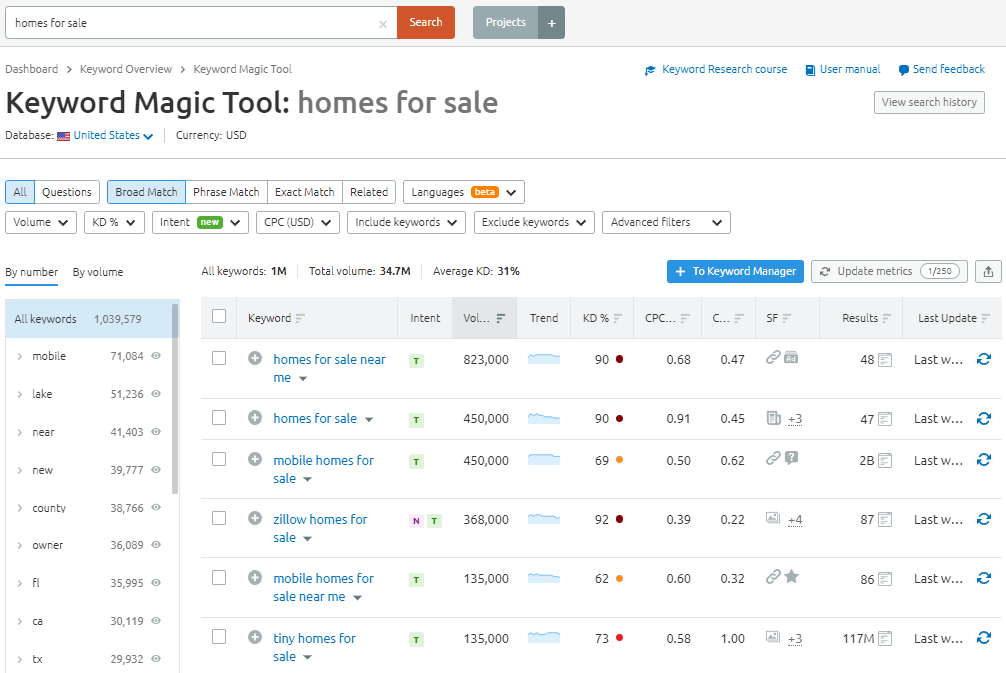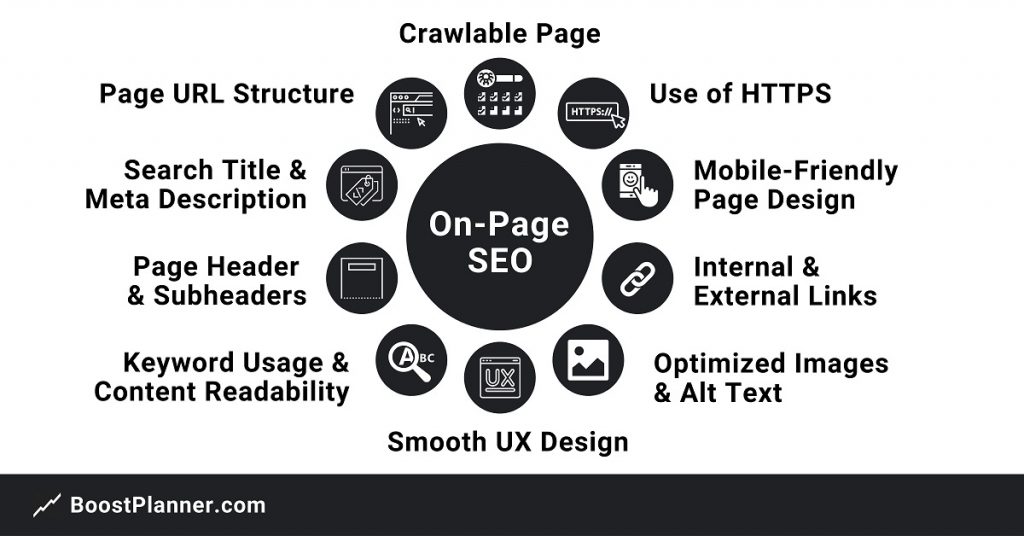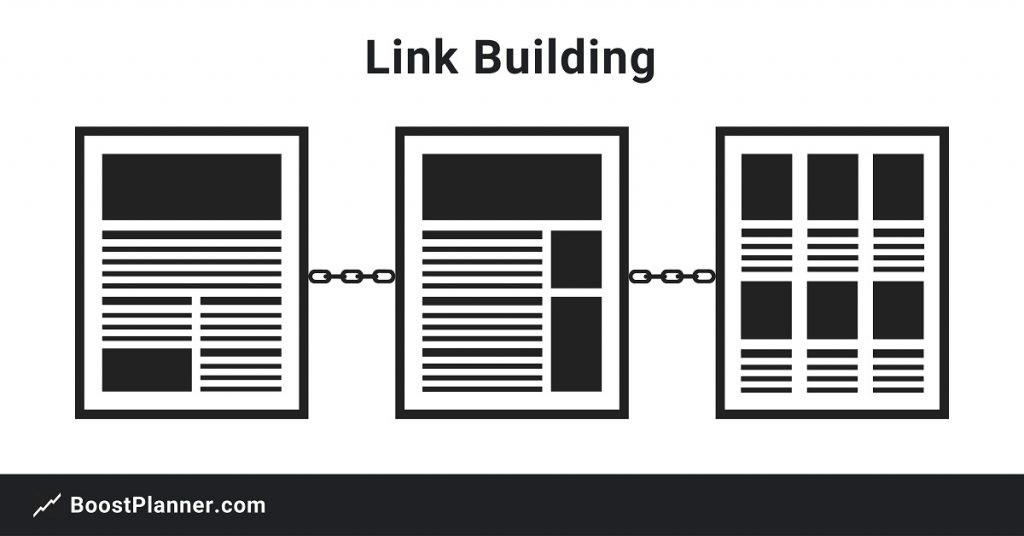Wondering how to get more traffic to your site from search engines like Google?
These SEO tips will help you rank higher in Google, Bing, and other search engines to increase search visibility and generate more traffic to your site.
10 SEO Tips to Boost Your Site Traffic
Here are 10 SEO tips to improve your SEO performance in 2024:
1. Keep Site Speed in Mind
Google has stated that page speed is a ranking factor for Google Search and Ads. With Google's focus on user experience, slow pages lead to dissatisfied users and in turn, lower rankings.
And, with the ever-increasing amount of competition on the web, page speed signals will likely become even more important for ranking.
Choosing a fast and reliable web hosting provider is super important for laying a solid foundation for your website and SEO efforts.
If you don't have a site and host yet or thinking about switching web host companies for better performance, check out these fast Google Cloud hosts for WordPress.
As your site grows, keep site speed in mind as you adjust content and test plugins.
Here are some steps you can take to improve page speed:
- Choose a reputable and fast hosting provider.
- Read about Core Web Vitals for user experience.
- Use a content distribution network (CDN).
- Compress your image to minimize file size.
- Experiment with lazy loading images.
- Minify your HTML, CSS, and JavaScript code.
- Reduce page redirects to avoid additional loading time.
- Minimize the use of render-blocking JavaScript.
- Leverage browser caching to speed up page loading.
Based on research from Google, the chance of a bounce (a single-page user session on a site) increased by 32% when a page's load time went from 1 to 3 seconds, and by 90% when the load time went from 1 to 5 seconds.
Check your page speed with a tool like Google PageSpeed Insights or GTMetrix.
2. Mobile-Friendly Site Design
A mobile-friendly site design is absolutely critical to achieving SEO success in 2024. Today, the majority of users coming to your site are likely using a mobile device.

Google began rolling out its mobile-friendly update to boost the ranking of mobile-friendly pages on mobile search results. Now, a mobile site and its content are crawled by Google separately from the desktop version, often as a priority over the desktop.
Most themes and templates today should already be developed as mobile-responsive, such as most WordPress themes and popular website builders.
Regardless, it's a good idea to search for theme reviews and documentation before choosing and installing a theme.
Use Google's Mobile-Friendly Test to confirm your web pages are mobile-friendly.
3. Plan Your Site Content
Creating a content plan ensures you have plenty of topics to create individual pages around that are relevant to what your audience is searching for.

Here are some actions to take for an effective SEO content strategy:
- Make a list of topics to create pages around based on research.
- Make a list of long-tail keywords based on these topics.
- Plan to create separate pages on your site for each topic.
- Think about your topics as part of topic clusters.
- Use sitemaps as page content blueprints.
Having page topics figured out makes it much easier to map out and structure your site for search engines, create topic clusters, and target the right keywords.
I recommend using a flowchart or sitemap builder tool like Octopus.do, Lucidchart, or XMind to map out your site's structure and topic clusters for future pages.
4. Pick The Right Keywords
Targeting the right keywords or search queries can make or break an SEO campaign.
Use a reliable keyword research tool to find in-demand topics and keywords with suitable competition levels to write about.
Google Keyword Planner is a useful free keyword research tool that's built into Google Ads you can use to get started.
For deeper keyword insights, I recommend Semrush for its Keyword Magic Tool.

If you're just starting out or about to start a new site, target lower volume, low competition keywords to gain traction. Semrush offers invaluable insights into this.
As traffic starts trickling in, check Google Search Console to identify competitive, higher impression terms you're starting to rank for.
Use Google Search Console and Google Analytics data to help improve your existing content plan, guide your content strategy, and prioritize topics to write about.
Related: 10 Keyword Research Techniques for SEO
5. Analyze The Competition
Analyzing other sites that are ranking well for your target topics and keywords is one of the best ways to quickly understand the types of content Google is looking for.
Similar to keyword research, I highly recommend using an industry-leading platform like Semrush to analyze your competitors' rankings, top pages, traffic, and more.

When analyzing a competitor site with a tool like Semrush:
- View the site's organic traffic trend; if it's going up they're doing something right.
- Check top traffic-generating pages and the underlying keywords driving the traffic.
- Make note of keywords with a lower keyword difficulty score to prioritize targeting.
- Explore the competitor's backlink profile for potential linking opportunities.
- Use the rank tracker tool to monitor competitor rankings alongside yours.
This type of competitive insight is invaluable to making high-quality content and optimization decisions to improve your SEO while saving huge amounts of time.
Related: Semrush Review
6. Create Quality Content
Write for your audience first and optimize for search engines after. It's easy to focus on rankings, but ranking #1 won't help if the content doesn't resonate with your readers.
Topic and keyword research will help you understand what your audience is looking for when they search and aim to create relevant content that solves their search intent.
Aim to write content naturally in a way you feel is helpful and easy to read for your audience compared to what's currently ranking in the search engine results pages (SERPs).
After the meat of your content is written is a good time to optimize for specific keywords and related terms. Use SEO writing software like Surfer to create content efficiently and save yourself a ton of time.
Related: Surfer SEO Review
7. Perform On-Page SEO
Understanding how you can improve your site's on-page SEO is vital to ranking well.
While you can have a fantastic piece of content published on your site, if it's not optimized or structured in a way that Google prefers, it won't rank and get traffic.
On-page SEO involves optimizing your individual web pages and their content to rank higher in search engines and provide a better experience for users.

Here are some quick and actionable tips to improve on-page SEO:
- Use clean page URLs that include the topic keyword phrase of each page.
- Use relevant keywords in your page meta description, search title, and headers.
- Include your target keyword and related terms throughout your page.
- Avoid keyword stuffing or unnaturally using keywords in your content.
- Incorporate visual content like images and video to improve content quality.
- Use descriptive alt text, also known as alt tags, to describe your images.
Use SEO audit tools as your site grows to scan pages, assess internal and external links, review titles and meta descriptions, check for duplicate content, and more.
For insight into what Google prefers, simply perform a search using your target keyword to see the type of content Google currently likes to rank at the top for that keyword.
8. Utilize Internal Links
Add internal links to improve site navigation, user experience, and ranking potential.
The text used as links, known as anchor text, and the interlinking pages help search engines understand your pages and their relevance to particular topics and keywords.
When internal linking to a page or blog post on your site, aim to use natural variations of the keyword phrase in your links that you want the page to rank for.
Also, consider how you can improve the content surrounding your internal links. This content can provide additional context to Google for both the given and linked pages.
Adding and optimizing internal links and their anchor text is a proven way to improve search rankings, especially when you have many pages already indexed in Google.
8. Create a Link Building Strategy
Like content, links are a foundational aspect of search engine optimization. Without links, search engines like Google can't crawl your site and make connections to determine what a page is about and how to rank it.

Backlinks are also one of the strongest ranking signals in Google's search algorithm. How do you earn backlinks? Here are some link-building tips:
- Set up a brand tracking campaign in Semrush to monitor brand mentions on the web. If you find your brand name and it's not linked, request a link back to your site.
- Analyze competitors' backlink profiles to see if the pages linking to them are good candidates to provide value like a guest post that includes a link to your site.
- Share helpful, original content on social media to increase backlink potential.
- Create infographics to share online that can possibly earn you more natural links.
- Use Semrush to scan competitor backlinks for broken links, where you could reach out to the linking site and recommend they point to your relevant page instead.
While there's no shortcut to acquiring quality, inbound links to help increase search engine rankings, these tips are a good starting point.
Related: 9 Link Building Tips for Small Businesses
10. Make Use of Structured Data
Structured data is a standardized format Google to understand a page and its content. A common form of structured data is schema markup from projects like Schema.org, which provides hundreds of schema types.
While Google does a pretty good job of understanding page content already, marking up a page's HTML with structured data or schema can potentially make the page eligible to show up as a rich result.
Rich results are unique snippets that show up in Google Search results such as featured snippets (portions of relevant content or list items from a page), images, star ratings, author or product details, and more.
Here's an example of a featured snippet in Google for the search “what is a rich result”:

If you use WordPress, SEO plugins like Rank Math or Yoast SEO help you out by automatically generating some fundamental schema for your pages and blog posts.
Both plugins are reputable and offer free and paid versions. Currently, I prefer to use Rank Math Pro for access to their advanced schema generator tool.
Achieving SEO Results
With Google updating its search algorithm 500-600 times a year, no one knows the exact formula for a #1 ranking or achieving a specific amount of traffic by a set date.
However, the search engine optimization tips above should help improve your chances of increasing your keyword rankings and driving more organic traffic to your website.
The best thing you can do is just get started and stay consistent! As more of your content and links get indexed in Google, you'll inevitably gain data that helps you develop a more effective SEO strategy and achieve better results.